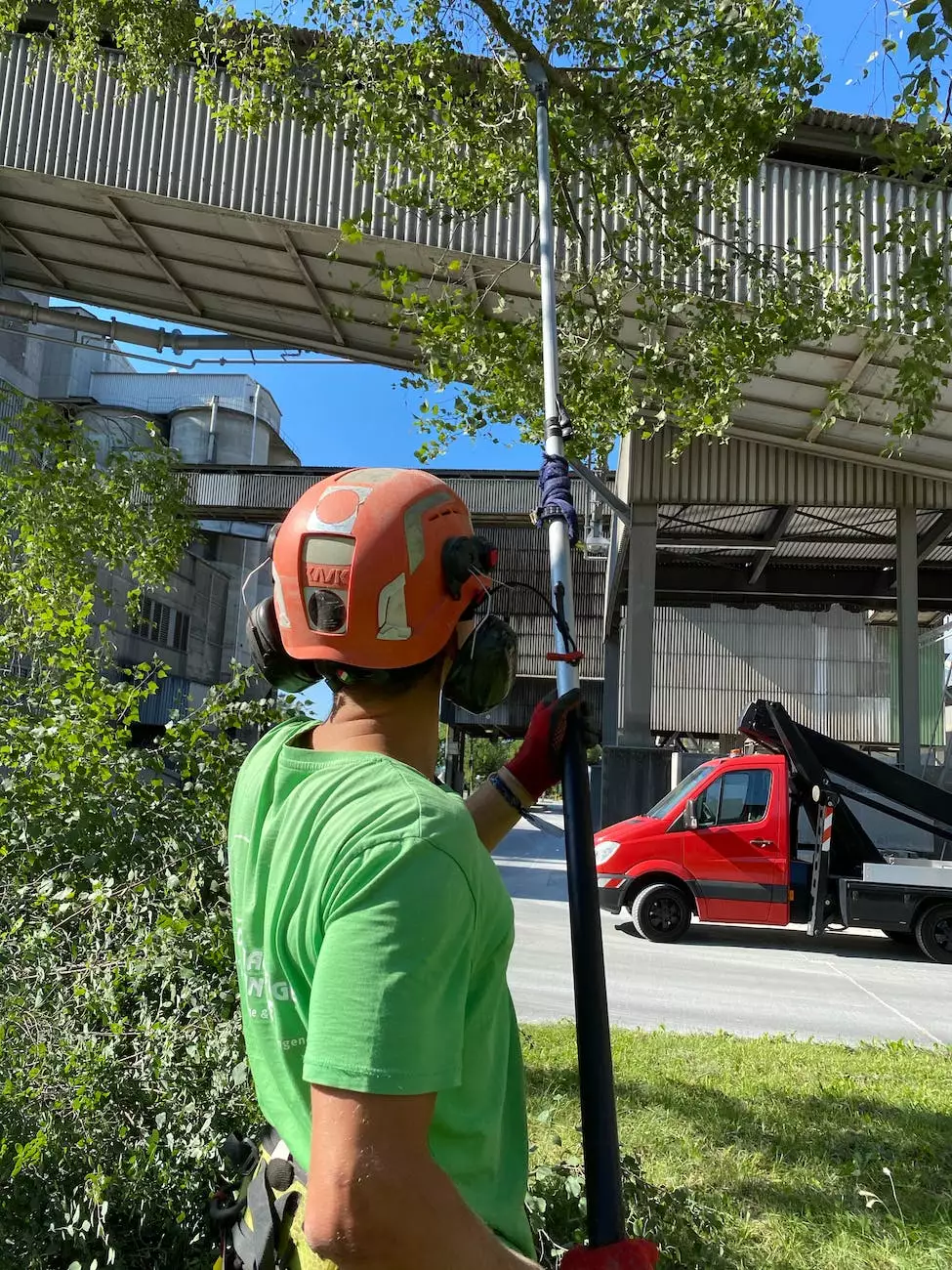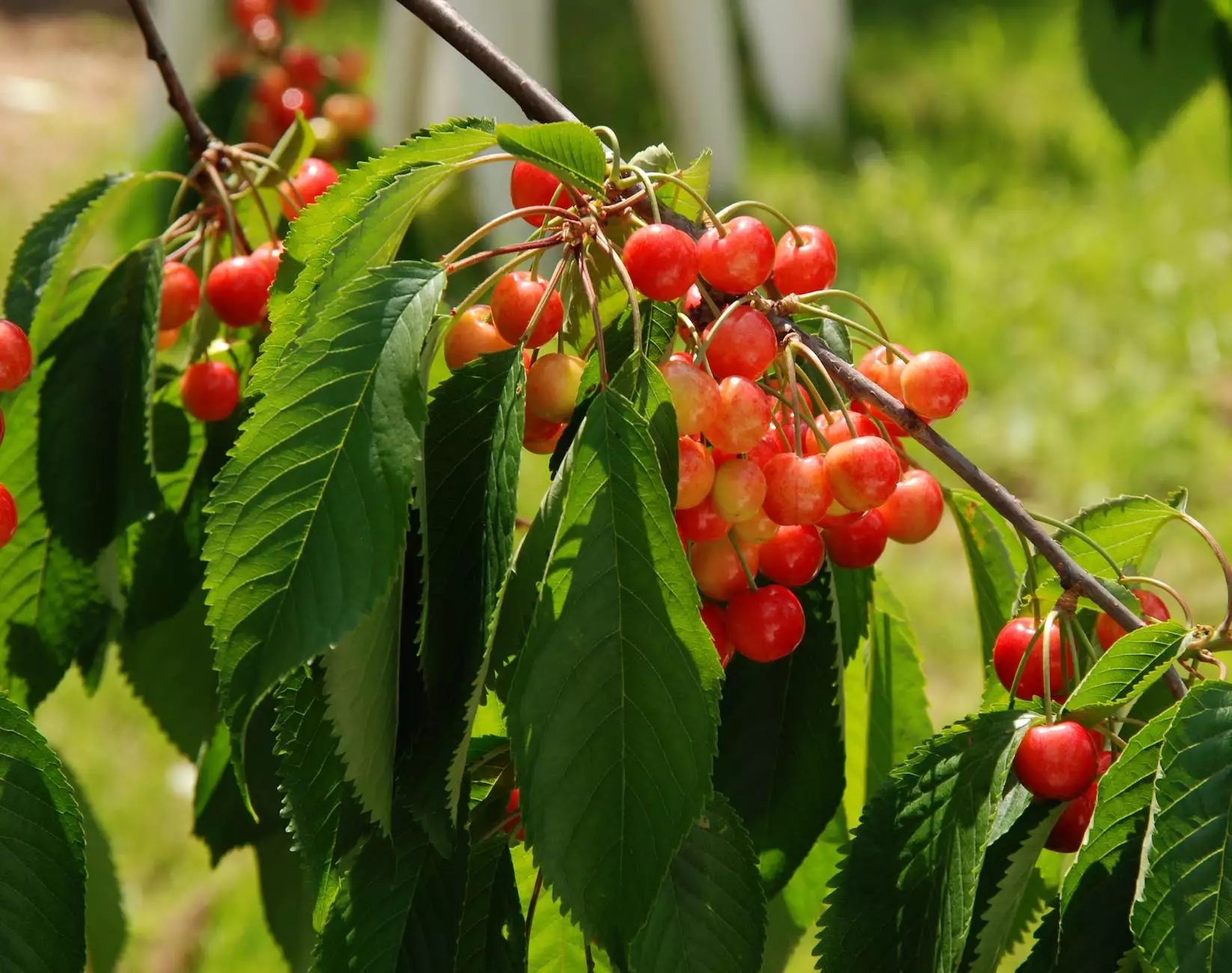How to Grow Brilliant Begonias Indoors: Care 101

Introduction
Welcome to Cutting Hedge Services, your go-to resource for expert tips and advice on gardening. In this comprehensive guide, we will discuss everything you need to know about growing brilliant begonias indoors. Whether you're a seasoned gardener or a beginner, this guide will provide you with all the information you need to successfully cultivate these beautiful plants in the comfort of your own home.
Why Choose Begonias?
Begonias are popular indoor plants known for their stunning colors and patterns. With a wide variety of begonia species available, you can easily find one that suits your preferences. These plants thrive in indoor environments and can brighten up any space with their vibrant foliage and stunning flowers.
Lighting Requirements
When it comes to growing begonias indoors, lighting is key. These plants prefer bright, indirect light and should be placed near a window that receives filtered sunlight. Avoid exposing begonias to direct sunlight for extended periods as it can scorch their delicate leaves. If you have a room with south or west-facing windows, it's ideal for growing begonias.
Temperature and Humidity
Begonias thrive in moderate temperatures ranging from 65°F to 75°F (18°C to 24°C). It's important to keep them away from drafts and sudden temperature fluctuations. Maintaining a consistent temperature and humidity level is crucial for their overall health and growth. Aim for a humidity level of around 50% to provide optimal conditions for your begonias.
Potting and Soil
When selecting a pot for your begonias, choose one with good drainage to prevent waterlogging. Begonias prefer a well-draining potting mix that is rich in organic matter. You can create a suitable mix by combining equal parts potting soil, peat moss, and perlite. This ensures proper aeration and moisture retention, allowing your begonias to thrive.
Watering and Fertilizing
Proper watering is essential for the health of your begonias. Water them thoroughly when the top inch of soil feels dry to the touch. Avoid overwatering as it can lead to root rot. Adding a balanced liquid fertilizer once a month during the growing season will provide your begonias with the necessary nutrients for healthy growth.
Pruning and Maintenance
Regular pruning helps to maintain the shape and size of your begonias. Pinch back the tips of the stems to encourage branching and bushier growth. Remove any dead or yellowing foliage to promote better air circulation and prevent the spread of diseases. Additionally, inspect your plants regularly for pests and treat them promptly if necessary.
Common Problems and Solutions
Begonias are relatively resilient plants, but they can still encounter a few issues. Overwatering, inadequate lighting, and pests such as mealybugs or spider mites are common problems. Make sure to address these issues promptly by adjusting watering schedules, improving lighting conditions, and using organic pest control methods to keep your begonias healthy.
Propagation
If you want to expand your begonia collection, propagating your plants is a great option. Begonias can be propagated through leaf cuttings or division. Leaf cuttings involve taking healthy leaves and placing them in a potting mixture until they develop roots. Division is done by separating the plant into smaller sections, each with its own roots and stems. Both methods are relatively easy and rewarding.
Conclusion
Growing brilliant begonias indoors can be a rewarding experience. By following the tips and guidelines provided in this care guide, you'll be well-equipped to create a thriving indoor garden filled with these stunning plants. Remember to provide the right lighting, temperature, and humidity, as well as regular care and maintenance. With Cutting Hedge Services as your gardening companion, your begonias are sure to flourish and become the focal point of any room.




